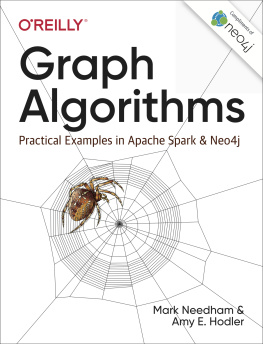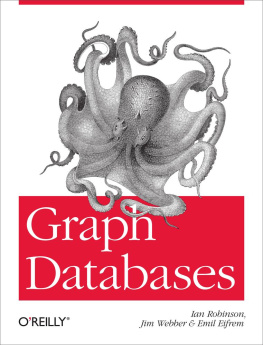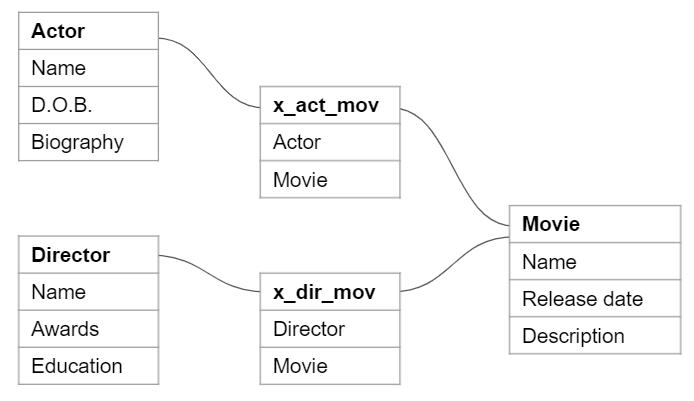Victor Lee Ph.D - Graph-Powered Analytics and Machine Learning with TigerGraph: Driving Business Outcomes with Connected Data
Here you can read online Victor Lee Ph.D - Graph-Powered Analytics and Machine Learning with TigerGraph: Driving Business Outcomes with Connected Data full text of the book (entire story) in english for free. Download pdf and epub, get meaning, cover and reviews about this ebook. year: 2024, publisher: OReilly Media, genre: Home and family. Description of the work, (preface) as well as reviews are available. Best literature library LitArk.com created for fans of good reading and offers a wide selection of genres:
Romance novel
Science fiction
Adventure
Detective
Science
History
Home and family
Prose
Art
Politics
Computer
Non-fiction
Religion
Business
Children
Humor
Choose a favorite category and find really read worthwhile books. Enjoy immersion in the world of imagination, feel the emotions of the characters or learn something new for yourself, make an fascinating discovery.
- Book:Graph-Powered Analytics and Machine Learning with TigerGraph: Driving Business Outcomes with Connected Data
- Author:
- Publisher:OReilly Media
- Genre:
- Year:2024
- Rating:3 / 5
- Favourites:Add to favourites
- Your mark:
Graph-Powered Analytics and Machine Learning with TigerGraph: Driving Business Outcomes with Connected Data: summary, description and annotation
We offer to read an annotation, description, summary or preface (depends on what the author of the book "Graph-Powered Analytics and Machine Learning with TigerGraph: Driving Business Outcomes with Connected Data" wrote himself). If you haven't found the necessary information about the book — write in the comments, we will try to find it.
With the rapid rise of graph databases, organizations are now implementing advanced analytics and machine learning solutions to help drive business outcomes. This practical guide shows data scientists, data engineers, architects, and business analysts how to get started with a graph database using TigerGraph, one of the leading graph database models available.
Youll explore a three-stage approach to deriving value from connected data: connect, analyze, and learn. Victor Lee, Xinyu Chan, and Gaurav Deshpande from TigerGraph present real use cases covering several contemporary business needs. By diving into hands-on exercises using TigerGraph Cloud, youll quickly become proficient at designing and managing advanced analytics and machine learning solutions for your organization.
- Use graph thinking to connect, analyze, and learn from data for advanced analytics and machine learning
- Learn how graph analytics and machine learning can deliver key business insights and outcomes
- Use five core categories of graph algorithms to drive advanced analytics and machine learning
- Deliver a real-time 360-degree view of core business entities, including customer, product, service, supplier, and citizen
- Discover insights from connected data through machine learning and advanced analytics
Victor Lee Ph.D: author's other books
Who wrote Graph-Powered Analytics and Machine Learning with TigerGraph: Driving Business Outcomes with Connected Data? Find out the surname, the name of the author of the book and a list of all author's works by series.

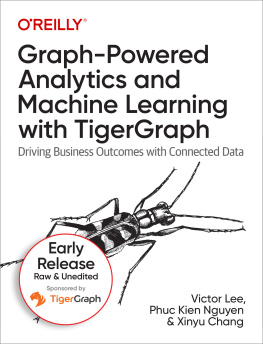
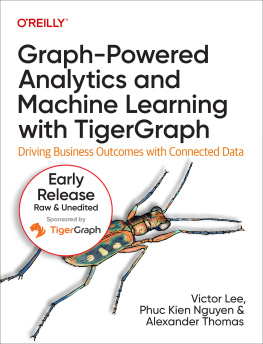
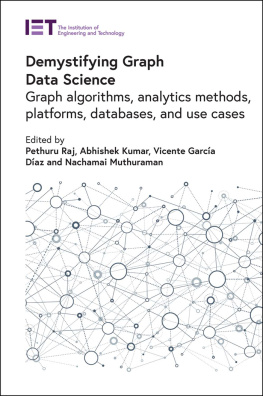
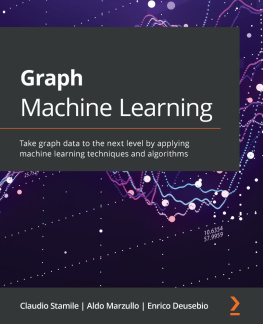
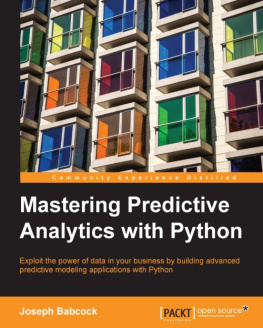

![Eifrem Emil - Graph Databases: [new opportunities for connected data]](/uploads/posts/book/173054/thumbs/eifrem-emil-graph-databases-new-opportunities.jpg)


